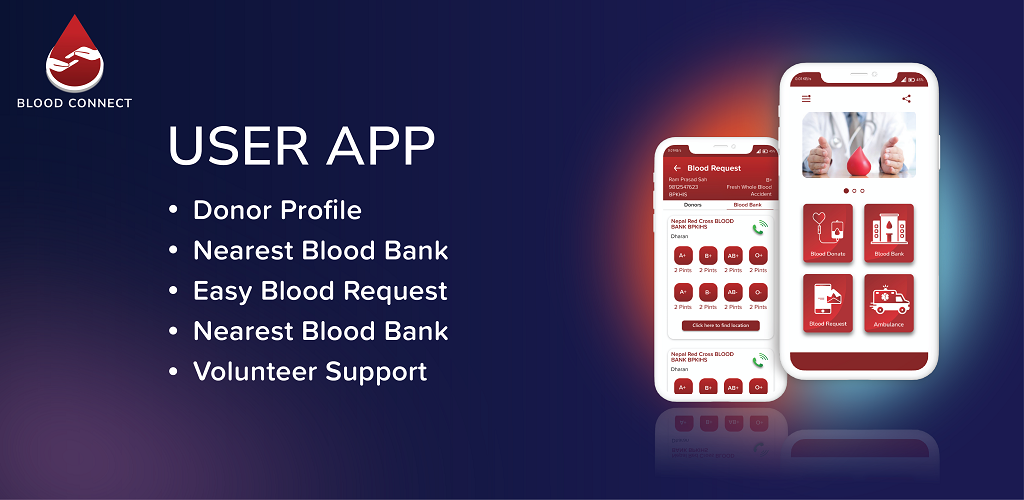Technology breakthroughs and shifting customer demands are driving a continuous evolution in the mobile app development field. A number of developing trends are poised to revolutionize the development, deployment, and usage of apps as 2025 draws to a close. To stay ahead in the cutthroat app industry, it’s essential to comprehend these trends whether you’re a developer, business owner, or tech enthusiast.
Here are the top 5 trends shaping the future of mobile app development :
1. Artificial Intelligence (AI) and Machine Learning (ML)
Nowadays, developing mobile apps requires the use of AI and ML, which are no longer future ideas. AI is changing how apps work, from powerful data analytics to individualized user experiences.
Personalization: AI is used by apps such as Netflix and Spotify to suggest content based on user activity.
Chatbots & Virtual Assistants: AI-driven chatbots increase user engagement by offering immediate customer service.
AI is used by apps such as Google Lens and Siri to achieve sophisticated image and speech recognition. AI improves user engagement, automates tedious processes, and uses data analysis to produce meaningful insights.
2. 5G Technology
The introduction of 5G networks, which provide faster speeds, reduced latency, and enhanced connectivity, is completely changing the mobile app development industry.
Improved Performance: Apps are able to provide lag-free AR/VR experiences, real-time gaming, and high-quality video streaming.
IoT Integration: 5G opens the door to smart cities and households by facilitating smooth connectivity between mobile apps and IoT devices.
Cloud-Based Apps: Cloud-based apps are more effective and accessible when data transfer speeds are higher.
Healthcare: 5G’s low latency is advantageous for telemedicine apps and remote patient monitoring.
For instance, 5G is being used in gaming to provide real-time multiplayer experiences in titles like Fortnite and PlayerUnknown’s Battlegrounds. 5G unlocks new possibilities for app functionality and user experiences, making it a game-changer for developers.
3. Augmented Reality (AR) and Virtual Reality (VR)
The use of AR and VR is expanding beyond gaming to include sectors like retail, healthcare, and education.
Retail: Using augmented reality, people can see furniture in their homes with apps like IKEA Place.
Education: Immersion learning experiences are offered by VR programs such as Google Expeditions.
Healthcare: AR is utilized for patient education and surgical simulators.
Apple’s ARKit is a framework for creating augmented reality applications for iOS.
Google’s platform for creating augmented reality apps for Android is called ARCore. AR and VR produce interactive, immersive experiences that improve the usability and engagement of apps.
4. Internet of Things (IoT) Integration
Mobile apps are essential for connecting and managing smart devices in the growing Internet of Things environment.
Smart Homes: Smart devices are controlled by apps like Google Home and Amazon Alexa.
Wearables: To monitor health parameters, fitness applications connect to wearables such as the Apple Watch and Fitbit.
Industrial IoT: Applications keep an eye on and control industrial and logistical equipment.
IoT integration gives users smooth management over their linked devices and improves app functionality.
5. Cross-Platform Development
Cross-platform development frameworks are becoming more and more popular due to the increasing demand for apps on both iOS and Android. Google’s UI toolkit, Flutter, allows developers to create natively built apps from a single codebase. Facebook’s framework for creating JavaScript cross-platform apps is called React Native.
Cross-platform programming ensures consistent performance across platforms while saving money and effort.
Emerging technologies like AI, 5G, AR/VR, IoT, and cross-platform frameworks are influencing the direction of mobile app development. Developers may produce creative, user-focused apps that stand out in a crowded market by adopting these trends.
To stay ahead of the curve, keep up with these trends and make use of the appropriate frameworks and tools. The future of mobile apps is more promising than ever, with countless opportunities!







